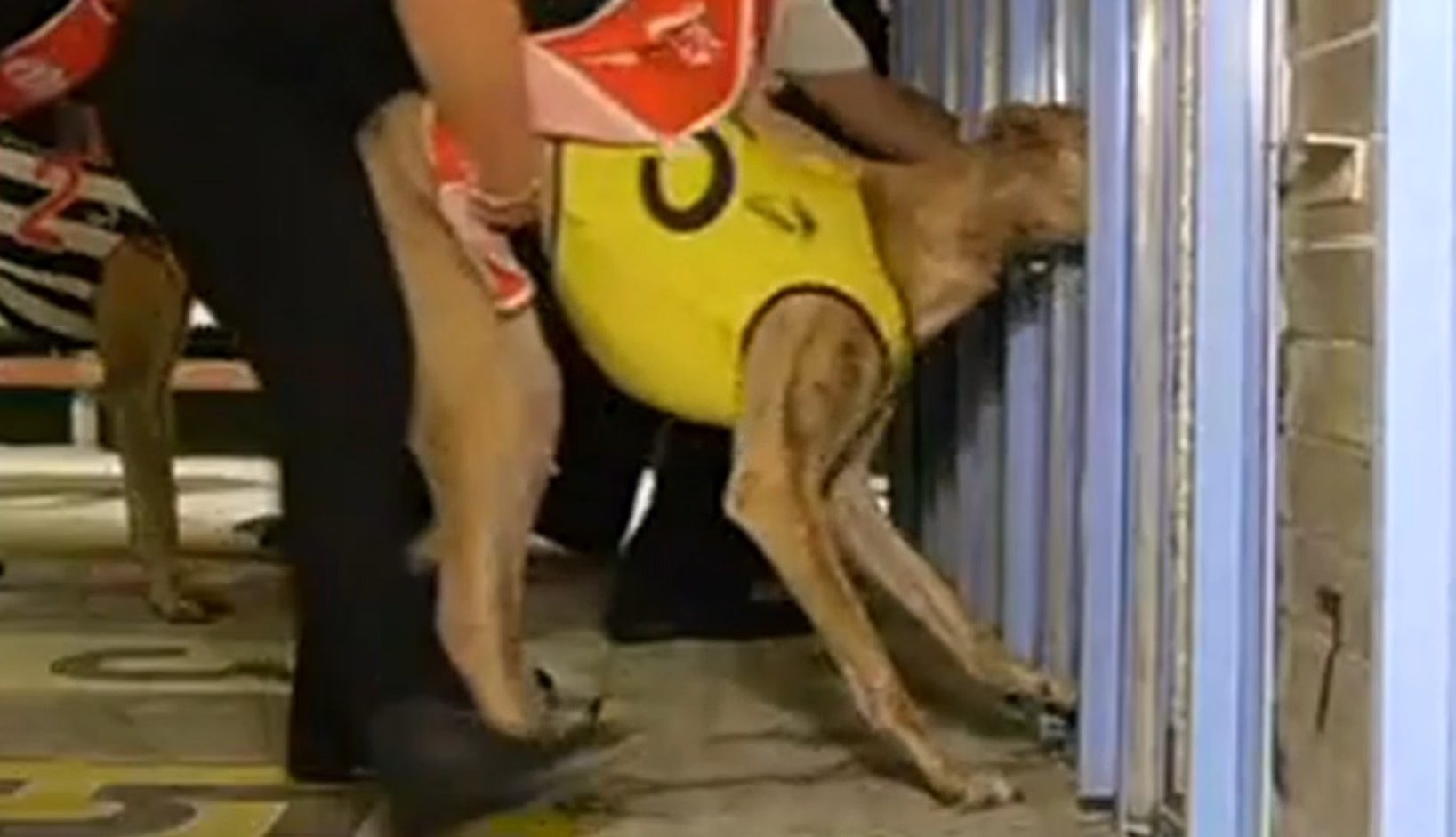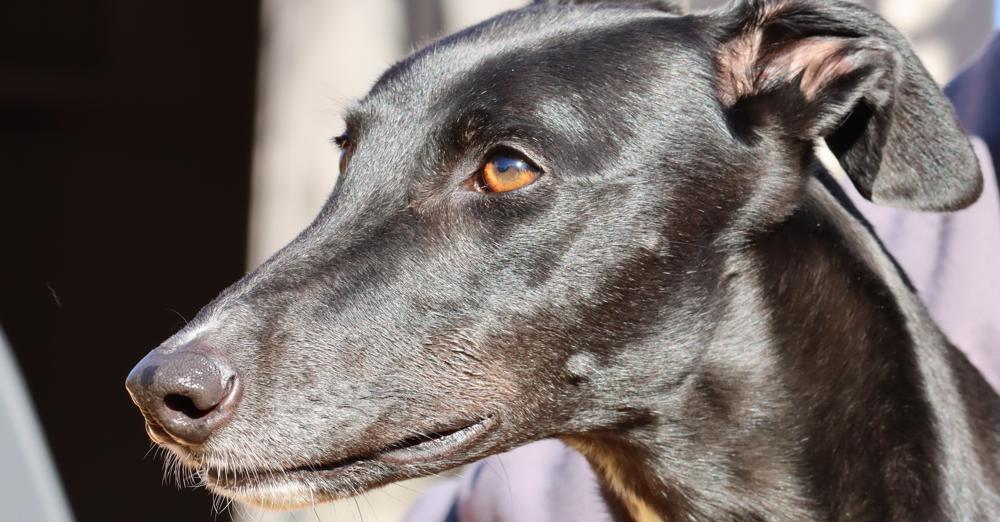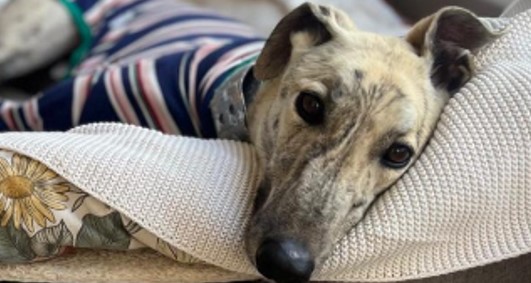by Marnie Hill, CPG volunteer
NSW’s reporting of five club trial deaths in their quarterly report for Apr–Jun 2023 sheds light on the true carnage on NSW tracks that, until now, has remained secret.
NSW’s Greyhound Welfare and Integrity Commission (GWIC) has incorporated club trial deaths into its quarterly statistics for the first time (see p.2). This move is extra noteworthy because no other state or territory in Australia releases similar data.
The Coalition for the Protection of Greyhounds (CPG) welcomes improved transparency from the NSW state government regulator. That said, GWIC could do better:
- the one-third rise in official deaths in the June quarter points to inadequate track education and the industry’s focus on financial gain over animal welfare.
- while a few years ago, GWIC replaced the word ‘euthanasia’ in its stewards’ reports with the Orwellian substitute of ‘category E’ – this was not an improvement and occasionally stewards forget to include this ‘word washing’ term in their reports.
The rigors of track education
The first stage of a greyhound’s training is track education, usually starting at 12-13 months. Trainers or professional track educators engage in an intensive program to instil racing skills unnatural to greyhounds — from chasing lures to jumping from starting boxes.
The physical toll on young greyhounds is immense and serious injuries are common. Greyhounds subjected to sub-optimal training may suffer from musculoskeletal problems, stress-related conditions or other health issues that can last a lifetime.
Injuries and stress endured during track education can increase greyhounds’ susceptibility to further harm during the next phase of preparation — club trials.

is immense
Club trials and the lack of data transparency
Club trials are less formal than official trials and involve testing greyhounds against dogs of similar ability. The absence of stewards monitoring races and reporting risks and incidents makes it difficult to assess the impact of these trials on greyhound welfare.
The new data from NSW reveals the tragic outcome for many greyhounds during club trials. It underscores the urgent need for better oversight to safeguard young greyhounds from unnecessary harm throughout their racing preparation.
With NSW now the only exception, other state racing bodies – including Racing and Wagering Western Australia (RWWA) – do not release data on club trial deaths. This lack of transparency raises questions about the commitment to greyhound welfare, especially when bodies like RWWA claim to lead in this aspect.
Financial pressures and the racing industry
Greyhound racing is, unfortunately, a realm where financial interests overshadow welfare concerns. Usually, the arrangement is for trainers to receive a percentage of the stake money, with a 50:50 split between the owner and trainer for winnings.
No training fee results in trainers prioritising winning dogs and promptly getting rid of underperforming ones. The financial dynamics contribute to the overbreeding crisis, as the industry constantly seeks dogs with an uncommon aptitude for racing.
Ripple effects: Greyhounds on Gumtree
The relentless pursuit of the perfect racing dog has consequences beyond the track. Overbreeding results in an alarming surplus of rejected and retired greyhounds, with many disposed of via platforms like Gumtree.
This is called third party re-homing and it’s not recommended by the RSPCA because these dogs face uncertain futures — see CPG’s latest re-homing update for more info. With ads frequently proclaiming “free to good homes,” the bitter irony lies in the dark realities that await many of these greyhounds — from abuse and abandonment to lab experiments and fighting rings.

Gracie was abandoned twice – first by a trainer, then by a contact of his – she endured horrible neglect.
In urgent need of medical attention and with her teeth ground down from chewing on her cage in distress, Gracie was eventually saved by rescue volunteers after being spotted in a suspect ad on Gumtree.

Buddy raced for less than a year before being listed as free on Gumtree.
A vulnerable person incapable of looking after a dog answered the ad. The owner dumped Buddy on his doorstep despite obvious signs the home was unsuitable. Buddy lived in dire conditions before being rescued and responsibly rehomed, again by volunteers.
These stories expose the industry’s disregard for greyhounds once they become unprofitable. Each stage in a greyhound’s career can be cruel and dangerous, from brutal track education to the Gumtree aftermath. Loving dogs like Gracie and Buddy deserve so much better.
A call for nation-wide change
GWIC’s inclusion of club trial deaths in its statistics is an improvement and promotes accountability and transparency in the NSW greyhound racing industry. The data uncover deficiencies in training practices, laying bare the profound impact of racing on these animals.
Other states and territories must follow NSW’s lead. CPG also urges regulatory bodies throughout Australia to report injuries sustained at club trials, enhancing transparency and providing a more comprehensive understanding.
